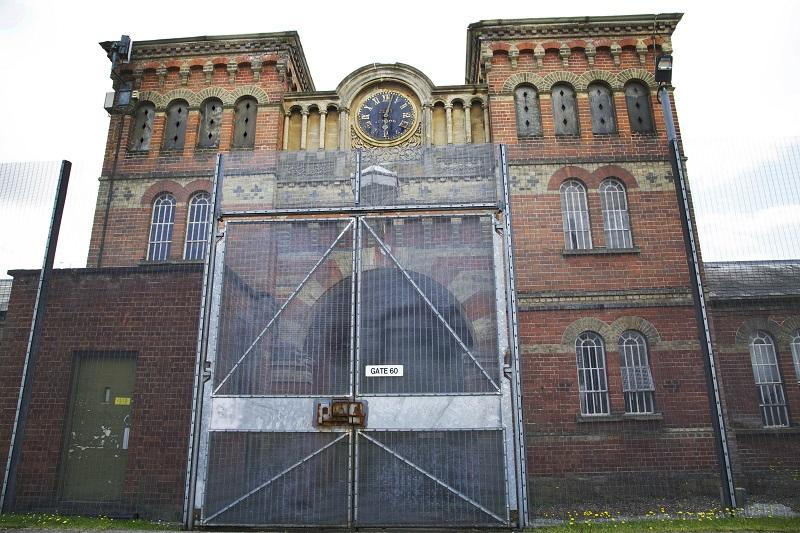Broadmoor is not a prison. It just looks like one, as reiterated by umpteen craning shots which prowled around the Victorian red-brick exterior, assessing its brute institutional heft from every angle. For the first time, and after five years of negotiation, cameras have been allowed to document what happens inside this mythologised sanctum. Is it really the chamber of horrors of popular imagination? Is this where society’s malignantly insane are locked away for our better safety?
Broadmoor’s staff are complicit in preserving its secrets. Rather than admit to working there and then spend hours fending off questions about the Yorkshire Ripper, the common tactic is to keep it bland. “It’s easier to say you work for the NHS,” said one.
Peter Sutcliffe was one of several notorious patients who declined the chance to take part in director-producer Olivia Lichtenstein’s project, and perhaps we are all the wiser for the absence of his distorting shadow. Instead, of the 200 patients distributed around 15 wards, the half-dozen volunteers tended to be ones with some progress to lay at the camera's feet.
Thus Alex, whose history in his own words “is mainly violence”, was slowly conquering the voices in his head encouraging him to carry on stabbing others and/or himself. Like every patient his face was blurred out, but his arms were all too clearly criss-crossed with self-inflicted wounds. Daniel, after an unnamed crime perpetrated on a relative, sought peace in sketching and the forgiveness of his family. Frank was eager to explain that “we’re not all rapists, paedophiles and murderers”.
 Indeed many are in Broadmoor after a lifetime being more sinned against than sinning. Declan was abandoned by his mother to a care system in which he was abused, before escaping to live rough in London. Such people do not tend to grow up as net contributors to the common weal. Later he was found guilty of, essentially, torturing another man. He now hopes to live as a blonde drag queen called Crystal. Like many patients he is obese: Broadmoor's medication stimulates appetite.
Indeed many are in Broadmoor after a lifetime being more sinned against than sinning. Declan was abandoned by his mother to a care system in which he was abused, before escaping to live rough in London. Such people do not tend to grow up as net contributors to the common weal. Later he was found guilty of, essentially, torturing another man. He now hopes to live as a blonde drag queen called Crystal. Like many patients he is obese: Broadmoor's medication stimulates appetite.
The only patient who contested his need to be in Broadmoor was Lenny, another abuse victim who had threatened a psychiatrist with a machete. Alone among the participants, he seemed eager to use the programme as part of his publicity campaign to highlight mistreatment. Frequently he asked Lichtenstein, standing behind the camera, to support his apparently paranoid worldview. “If you go back into the lives of our patients,” said Lenny’s nurse, “you could probably identify them at five or six years old. ‘We’ll be seeing you later.’”
The staff came across as modest saints. An average week brings five assaults. “You have to learn to work with that,” said clinical nurse manager Ken Wakatama. With some patients they work one on one, but the more acute mentally ill patients are subject to an uneuphemistic “six-person unlock”. It took nine staff to get one patient back into his room on the intensive ward after he refused to end his time alone outside in the yard. Not for the only time, the camera was not allowed to watch.
So was Broadmoor worth the wait? On balance, yes. Viewers looking for sensation, all too often supplied by ITV’s forays into factual, may have been disappointed. But this was a restrained and responsible glimpse into one of the darkest corners of the national psyche.
It was striking that the patients taking part were all white British, while a majority of the nurses were African or Afro-Caribbean. Trauma and psychosis are made in Britain, it seems, while salvation comes from overseas.















Add comment